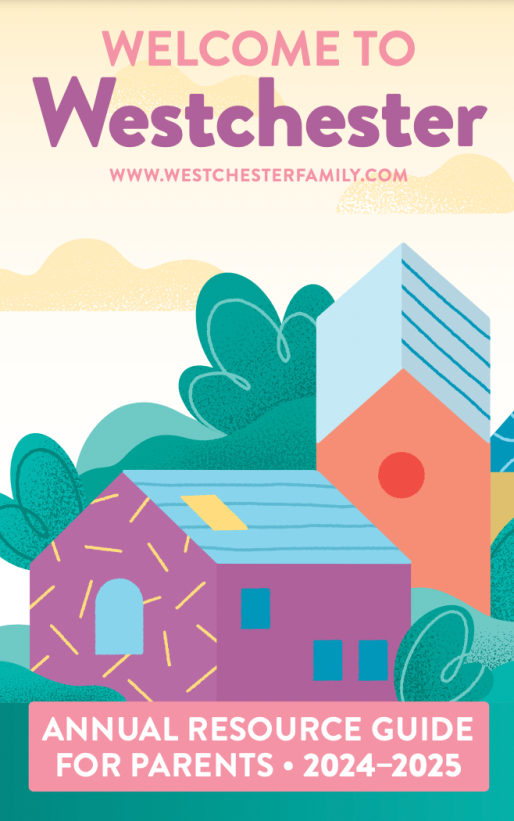To you, it’s an adorable 6- to 10-pound baby girl or boy, the light of your life, giving new meaning to your very existence. To our planet, however, that baby is the source of another ton or more of solid waste, in the form of soiled diapers.
Full disclosure: I raised two wonderful sons, one of whom has helped add remarkable twin baby girls to the planet’s population. So I’m thoroughly experienced in the joys and sorrows of parenthood and grandparenthood. But for this article, I’m forgetting all that. Here, we’re talking diapers. Soggy, smelly, poopy diapers. Babies keep generating them – tens of millions of dirty diapers every day – and somebody has to deal with them. So here, we’re dispassionately exploring options for lightening those diapers’ impact on the Earth.
Diaper Strategies
When you put your baby in diapers, you can choose among three primary strategies:
Disposable Diapers –
Manufactured for convenience and one-time use, when soiled they are removed, wrapped into a (more or less) tight package, and tossed away, usually for permanent isolation in a landfill. You could easily buy and discard several thousand before your baby learns to use toilets. That’s one reason the industry is said to enjoy some $30 billion in annual revenues, although recent sales trend slightly lower.
Reusable Diapers –
Invented before the era of disposability, cloth diapers can be laundered – by you or a specialized service – and put back on the child a great many times. The baby’s waste goes into the sewer for treatment and return to the environment. After your baby stops needing them, diapers remain useful as cleaning cloths and more.
Hybrid Diapers –
The newest technology involves a two-part “diapering system” – a reusable outer portion covering a one-use inner portion that receives and contains (most of) your baby’s waste. You can toss the inner portion, whereby it joins the stream of solid waste headed for landfills, or you can compost or flush it, returning it to the environment.
So Many Questions
All of these alternatives have myriad environmental impacts involving different raw materials, processing technologies, construction methods, and even efficacy. Various diapers may or may not contain or be linked to worrisome materials – some of which you’ve likely never even heard of – such as chlorine, dioxin, latex, fragrances, tributyl tin (TBT), polypropylene, natural fiber, polyurethane, nylon, PVC, and sodium acrylate polymer (SAP, a super absorbent polymer gel).
In addition to issues of cost, convenience, sanitation, baby comfort, rash prevention, and so forth, diapering choices bring up some complex ecological questions. For example, which diapering system:
• Contains or generates the fewest toxic substances?
• Entails the smallest carbon footprint?
• Puts the least pressure on scarce resources like oil and clean water?
• Produces the smallest overall impact on our beleaguered environment?
• No wonder parents feel confused, and hold so many conflicting opinions about which diapers are best, and why.
Ambiguous Science
Scientists (and others, including diaper manufacturers and their consultants) have studied diapering in detail, and have come to a resounding impasse. No one can definitively prove, beyond all carping and criticism, that one diapering technology is more or less “harmful” to the environment than another. In fact, the whole picture is shot through with shades of gray.
Perhaps the largest and most objective diaper study was conducted in 2003 by the Environment Agency, the public agency overseeing environmental issues in England and Wales. Comparing disposable diapers with cloth diapers (both home-laundered and commercially laundered), the study tried to quantify their likely impact on environmental concerns ranging from global warming to nonrenewable resource depletion and beyond.
Essentially, the results were dead even. All three diapering choices have about the same overall environmental impact – but in different ways:
• Disposable diapers are dirtiest to manufacture.
• Home-laundered diapers require much more energy to clean.
• Commercially laundered diapers burn extra fuels and generate significant emissions during pick-up and delivery.
• An October 2008 study by the UK Environment Agency and Department for Environment, Food and Rural Affairs found that the environmental impact of various diapers depends largely on how parents use them.
Donella Meadows, Ph.D., a pioneering environmental scientist who died in 2001 and who was the lead author of the seminal report The Limits to Growth (1972), reported on data collected by Allen Hershkowitz of the Natural Resources Defense Council, which tracked the path of cloth and disposable diapers from manufacture to washing and reuse, or to landfill, respectively. According to Meadows, the data showed:
Disposable diapers are bulkier, requiring about 10 times more raw materials to make and resulting in about 50 times more solid waste than cloth diapers.
Cloth diapers require 50 percent more clean water and twice as much energy as disposables to make, generate more atmospheric emissions and waste water during laundering, and – if mechanically dried after washing – use more energy.
Both reusable and “flushable” diapers lessen the burden on landfills, and increase the burden on sewage systems by putting baby waste where it’s intended, into sewage systems.
Still another study, this one conducted by the Landbank Consultancy under contract to the Women’s Environmental Network, found disposable diapers require 3.5 times more energy than cloth diapers, use eight times more nonrenewable material, and produce a whopping 90 times more bulk for disposal.
What to Conclude
Meadows argued that studies like these appear impressive, but tend to mislead the unwary because they rarely include the full life cycle of all the materials and processes involved with each diaper type, and also because they don’t adequately compare the individual environmental dangers involved. Her argument: Disposable diapers mean deforestation, emissions from logging trucks, and hazardous waste from petrochemical and plastics plants. But cloth diapers mean cotton pesticides, eroded soil from cotton fields, and coal-burning plants to power washing machines and dryers. And you can’t just compare these things pound-for-pound, because their dangers aren’t equal.
As far as she was concerned, “None of the analyses so far comes close to including all these environmental impacts, much less properly comparing their dangers.”
A Diapering Perspective
• Since every diapering choice you make somehow impacts the health of our planet, here are just a few matters to think about:
• With U.S. babies generating some 50 million dirty diapers per day, about 1.5 to 2 percent of the total inflow into landfills, we’re talking about a lot of material.
• Interestingly, putting human waste into landfills is illegal in most states. Officials know this, but generally ignore the presence of disposable diapers in everyday waste streams.
• Disposable diapers laden the Earth with much more bulk and carbon usage than either cloth or hybrid diapers, if only because parents tend to buy and discard thousands of them for each baby.
• Disposable diapers are frequently advertised as biodegradable, meaning they will break down to simple substances that can be reclaimed by the environment – given the right conditions. But most disposable diapers go into trash cans, and from there to landfills, where everything is sealed in and almost nothing actually biodegrades.
• Reusable diapers and “flushable” linings unburden landfills. Not only the diaper material, but your baby’s waste goes into the sewage system, which actively treats the waste and mostly returns it to the environment.
• The “wetness” issue cuts both ways: Cloth diapers, when wet, are less comfortable for your baby than disposables or hybrids, which are designed to wick the wetness into the interior and away from your baby’s skin. That wetness, however, may be what leads many babies to grow out of cloth diapers somewhat sooner than is typical for other diapers.
• Daycare services are often reluctant to use cloth diapers, which are fairly inconvenient away from home.
Diaper Takeaways
“Whatever we choose for diapers,” says Alan Greene, M.D., the author of Raising Baby Green, chair of the Organic Center, and clinical professor of pediatrics at Stanford University’s Packard Children’s Hospital, “we have an unavoidable impact on the environment. But whatever we choose, we can make those diapers a little greener.”
• The trick is to reduce the heaviest environmental impacts of whatever diapers you use:
• Use fewer disposables, and favor brands made with “greener” materials.
• Put more material from diapers into sewage systems and less into landfills.
• Conserve energy when washing and drying cloth diapers.
• Arrange for fewer diaper service deliveries.
Before her death, Meadows, a longtime leading voice in the sustainability movement, probably put diaper choices in the best perspective when she reminded us that humans have an obligation to improve all of the ways we impact our environment.
“It’s great to try to move our lives in the direction of ecological righteousness, but it’s also true that every human activity has environmental impact …,” Meadows wrote. “From the Earth’s point of view, it’s not all that important which kind of diapers you use. The important decision was having the baby.”
Robert Moskowitz is a freelance writer, a dad and a grandfather.










